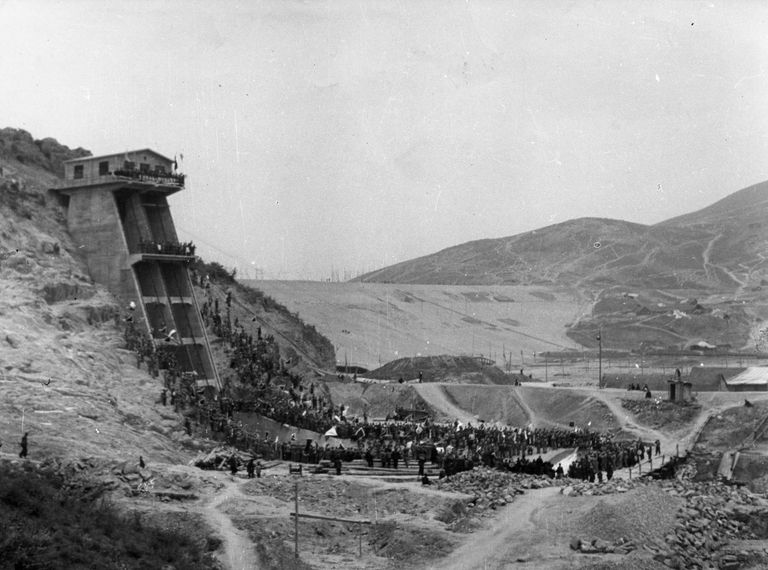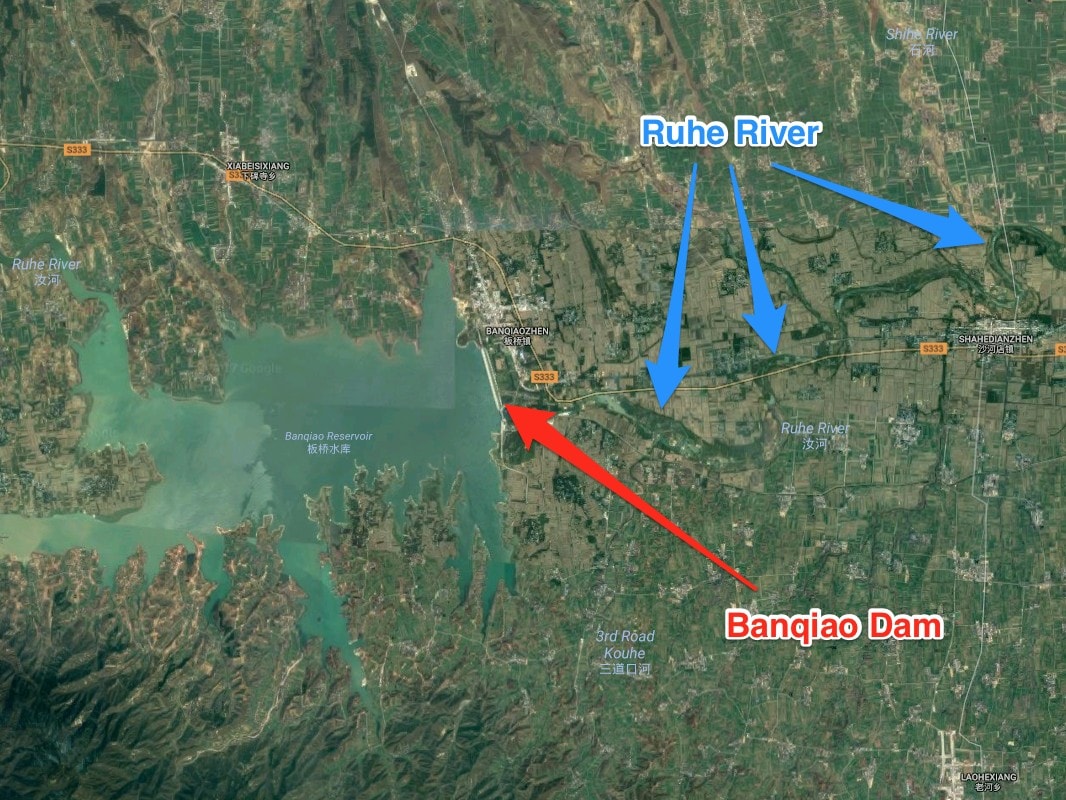
ADVERTISEMENT - CONTINUE READING BELOW
A “1000-Year Flood” That Came Earlier Than Expected
Mao Zedong announced The Great Leap Forward in the 1950s. It was an ambitious modernization plan to transform China from a peasant society into a global power. As part of that program, the Chinese, with the help of Soviet experts, built a series of dams to retain water and provide hydroelectric power. Little emphasis was put on flood control. A chief engineer blew the whistle on the danger, but he was ignored, accused of insufficient communist zeal, and banished to the back of beyond. One of the newly-built dams was at Banqiao, on the Ru River in Henan. 387 feet high, it had a storage capacity of 17.4 billion cubic feet. It was designed to withstand “a 1000-year flood”, that is a flood so severe the odds were that it would happen only once in a millennium.

ADVERTISEMENT - CONTINUE READING BELOW
Unfortunately, in early August, 1975, Typhoon Nina struck, and stalled over the Banqiao Dam area. It produced flooding double the anticipated 1000-year-level maximum. Even so, the resultant Banqiao Dam disaster might have been averted if not for incompetence and poor communications. On August 6th, 1975, as water levels rose in its reservoir because of Typhoon Nina, Banqiao’s officials sought permission to open the dam to relieve the pressyre. Their superiors turned down the request, because there was some flooding. The request was finally accepted the next day, the 7th. However, the telegram failed to reach Banqiao.

